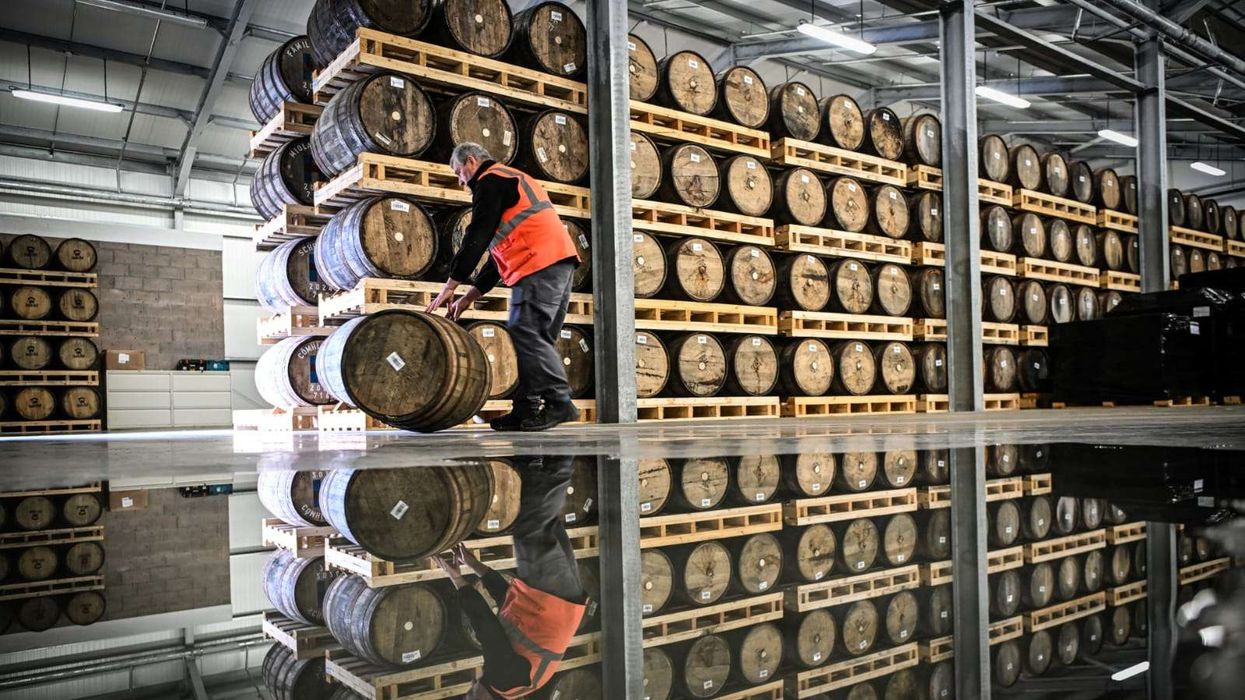INDIA'S central bank, RBI cut interest rates today (4), delivering a shot in the arm to prime minister Narendra Modi ahead of a marathon general election starting next week.
The Reserve Bank of India (RBI) said the benchmark repo rate, the level at which it lends to commercial banks would be reduced by 25 basis points to 6 per cent.
It was the second consecutive cut under governor Shaktikanta Das, a Modi ally who was appointed in December after his predecessor, Urjit Patel, quit following a spat with the government over alleged interference.
The bank said the time was ripe for a cut with inflation well below its target of four per cent.
The cut is expected to boost consumer sentiment going into the polls.
"The output gap remains negative and the domestic economy is facing headwinds, especially on the global front, the bank said in a statement.
"The need is to strengthen domestic growth impulses by spurring private investment which has remained sluggish," it added.
The decision was in line with analysts' expectations.
Das has now reversed two rate hikes brought in by Patel last year.
GDP expansion in Asia's third-largest economy reduced to 6.6 per cent in the last quarter, a slump from 7.1 per cent in the three months to the end of September.
That was down from 8.2 per cent around a year ago.
The second snip in borrowing costs this year in the Asian giant comes as Modi seeks to convince voters that they should re-elect him despite question marks over his economic record.
He swept to power in 2014 on a business-friendly manifesto that promised to shake up India's economy and boost jobs, securing India's first majority government in three decades.
But with GDP growth stuttering in Asia's third-largest economy and unemployment recently reported to be at a decades-long high, Modi is vulnerable to attack on the economy as he seeks a second term.
(AFP)











